A history of Marine Discovery part II
So I said at the end of the previous entry that by 2009 it was clear we were going to have to change direction or go bankrupt. The “easy” decision would have been to somehow finance another RIB, or some other kind of power vessel. Or re engine the RIB we had – though this would have cost a fortune and there was also the ageing jet drive to consider. Of course in practice this would not have been easy at all – remember what happened financially in 2008? The third option was to give up and return to teaching – again not tempting.
So we had to think outside the box. The box was the obvious power boat option, and outside it occurred to us slowly over the course of several months and lots of discussions. A sail boat? Having sailed on yachts, we knew they probably wouldn’t work for what we wanted to do – anything with enough deck space for 12 passengers would be too big to manage in Penzance Harbour, and equally importantly, too expensive. Also, yachts heel and often make people feel seasick!
A sailing catamaran then? More deck space, faster, more stable. This was worth thinking about, so we started looking. The hilariously optimistic plan was to locate this over the winter of 2009-10, finance it, buy it, sell the RIB, get the new boat licenced and be ready for the 2010 season. Quite clearly this was impossible, but we carried on anyway.
Lots of internet searching led us to Brittany, where we found a catamaran for sale which was eight years old and looked very like what we were looking for. She was called Etoile Filante which means “shooting star” in French, and had been built by the legendary Breton round the world sailor Francis Joyon. He was the man who snatched back Dame Ellen MacArthur’s single handed round the world record almost as soon as she had broken it – not in Etoile Filante, I hasten to add, but the boat certainly had good sailing pedigree. Duncan went over to inspect her and almost immediately decided she was the one. He then spent a challenging somewhat baffling couple of days with her owner as he tried to remember enough schoolboy French to haggle and conduct a purchase (though he’s never been one to let a lack of knowledge of a language stand in the way of saying he can speak it) and getting to know the boat. He said he just knew – I meanwhile was back in Penzance and having to trust that everything would be fine. It was the biggest leap of faith we have ever taken, even more than starting the business itself.
In June 2010 – right in the middle of the season – Duncan and his sailing friend Matt went over to Roscoff on the ferry, and two days later arrived back in Penzance in the dead of night, having sailed back from Concarneau, Penzance’s twin town. As they left the shore of Brittany a small pod of common dolphins accompanied them, a good omen. Literally the first time I saw the catamaran that became Shearwater II was as she appeared out of the darkness and headed into the harbour. It had been an adventure apparently!
She was not ready to start right away. Lots of things had to be adapted, and we didn’t even know how many people we could get her coded for. We worked long into the night for weeks getting her ready, at the same time as running trips on the RIB and trying to find a buyer for that. Looking back, I have no idea how we did it. But we did, and the first trips on Shearwater II started in August 2010. Many people thought we were mad! (especially the bloke we bought diesel from – well, he would say that wouldn’t he?) They thought we would lose all the business we had built up with the RIB, and lose our ability to find wildlife, and not be able to have good encounters with wildlife once we’d found it, and that people wouldn’t be interested in going on a sailing boat. They were wrong! It turned out to be the best decision we could have made, and fifteen years later through many challenges both business and personal, we are still here.

Photo by Chris Yacoubian https://www.thecornishcamera.co/
